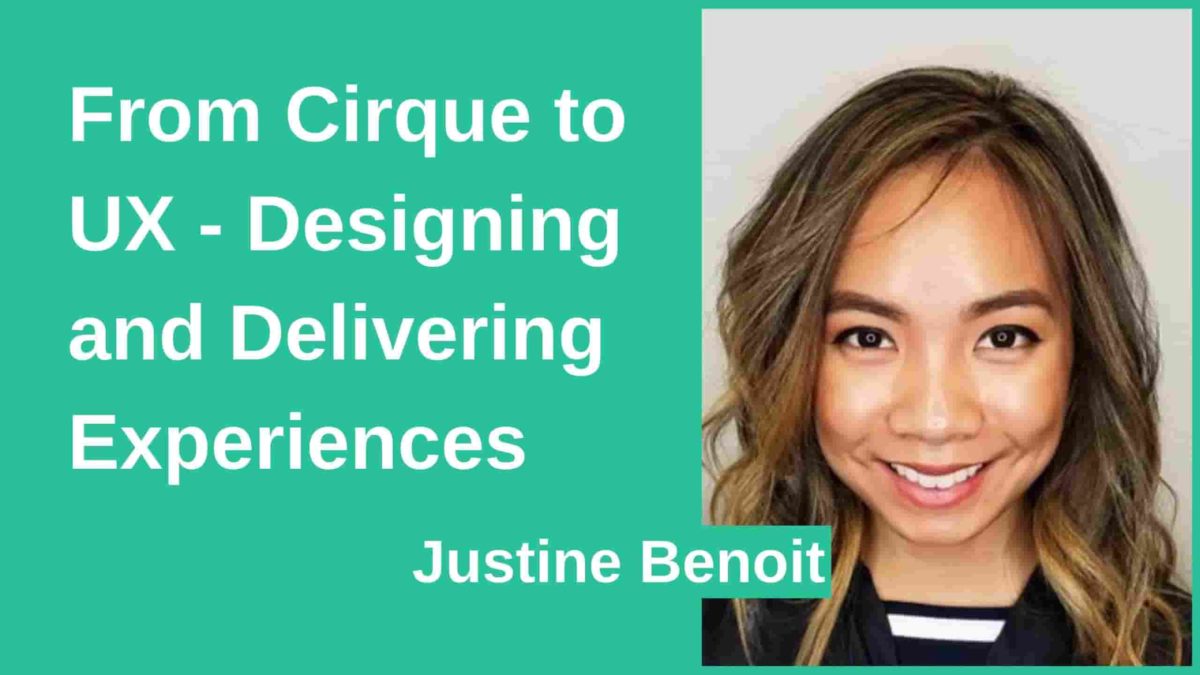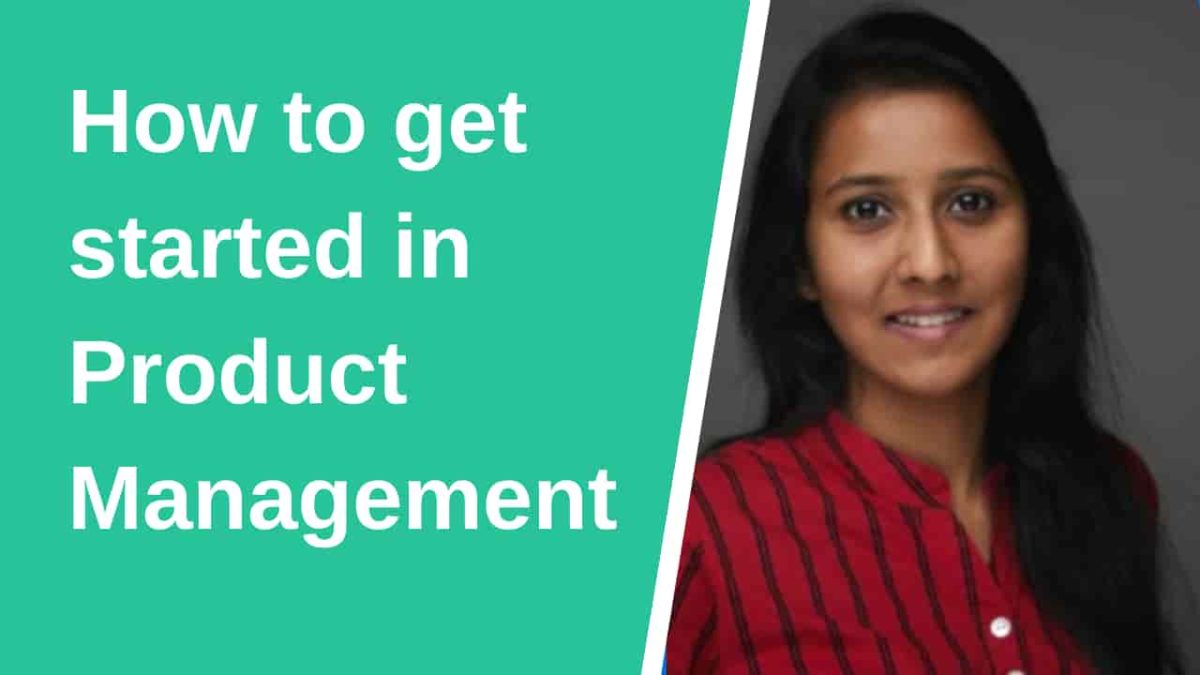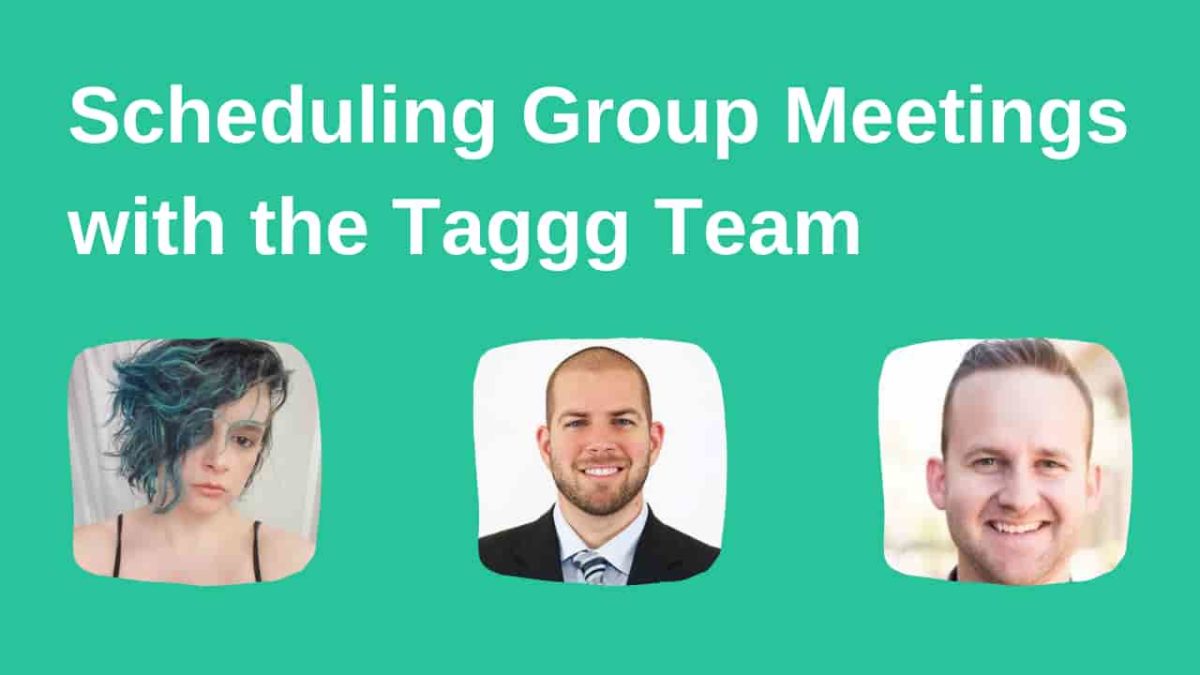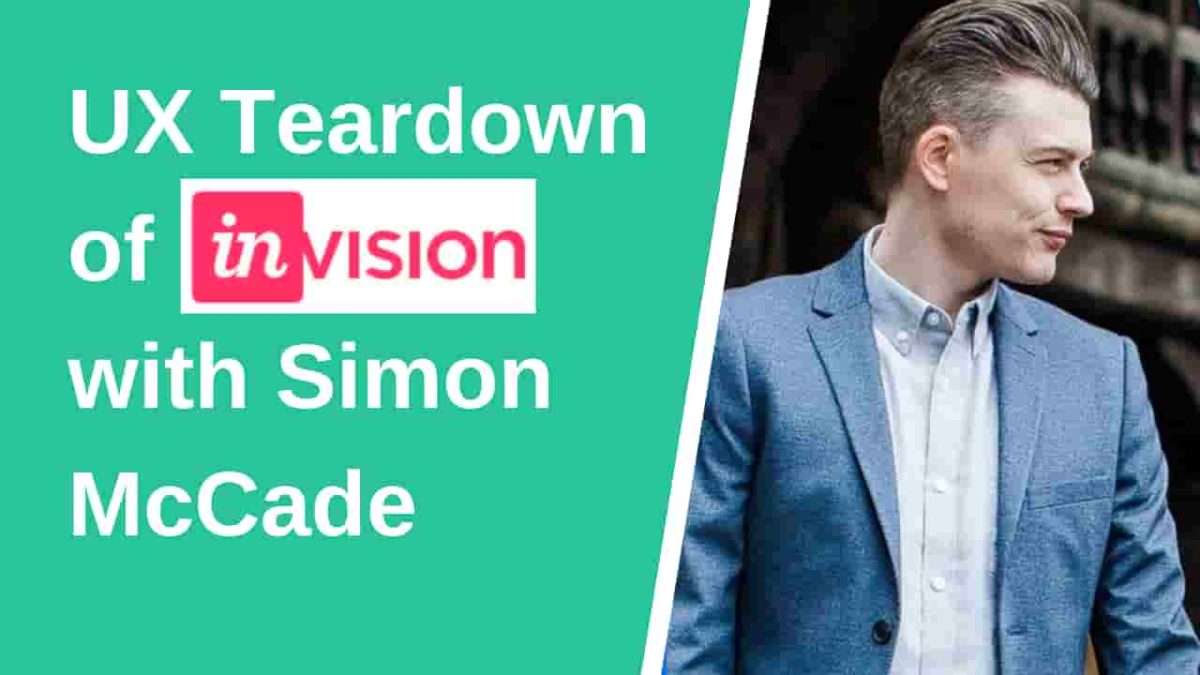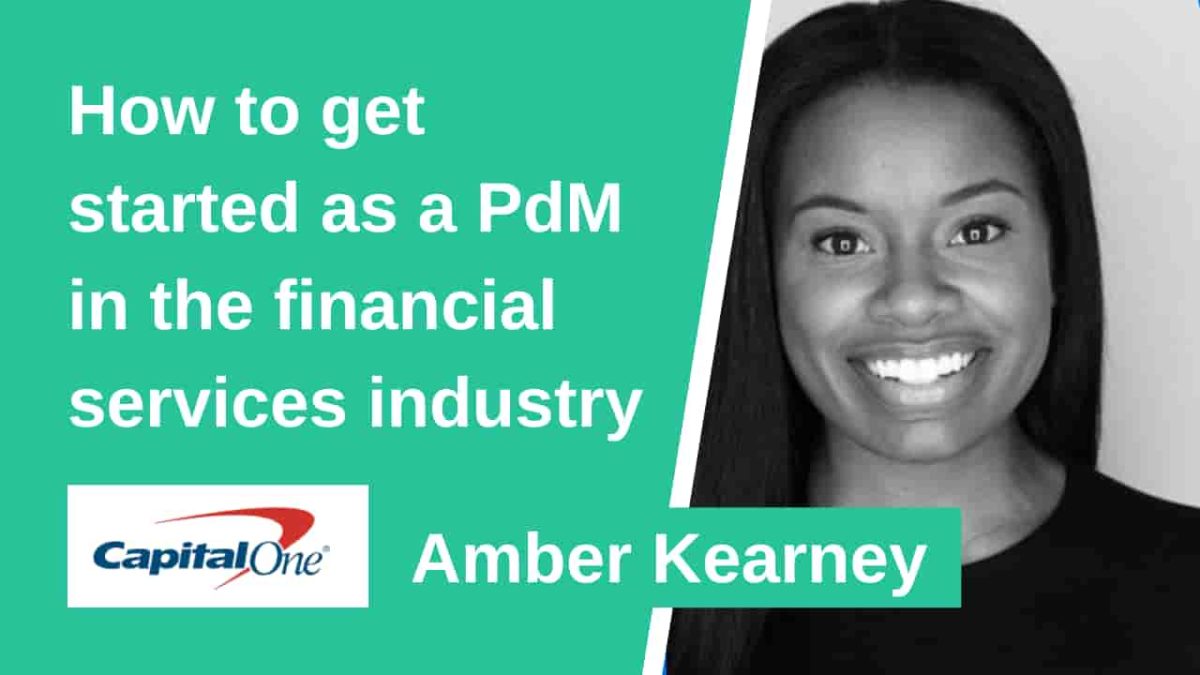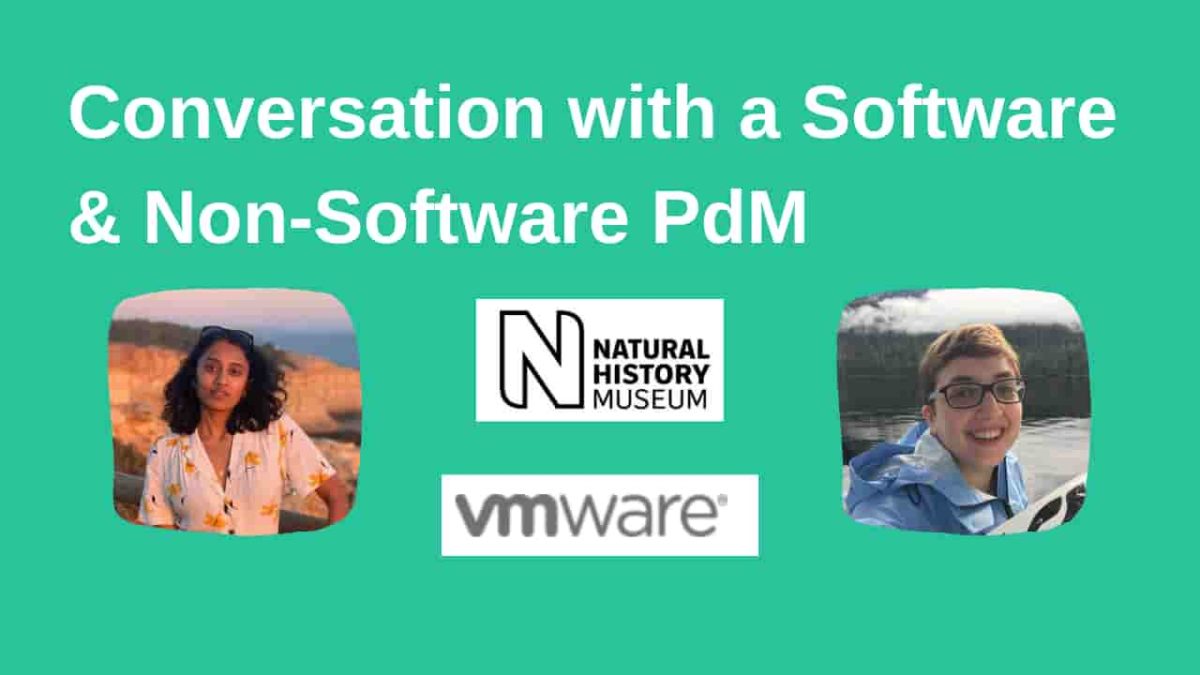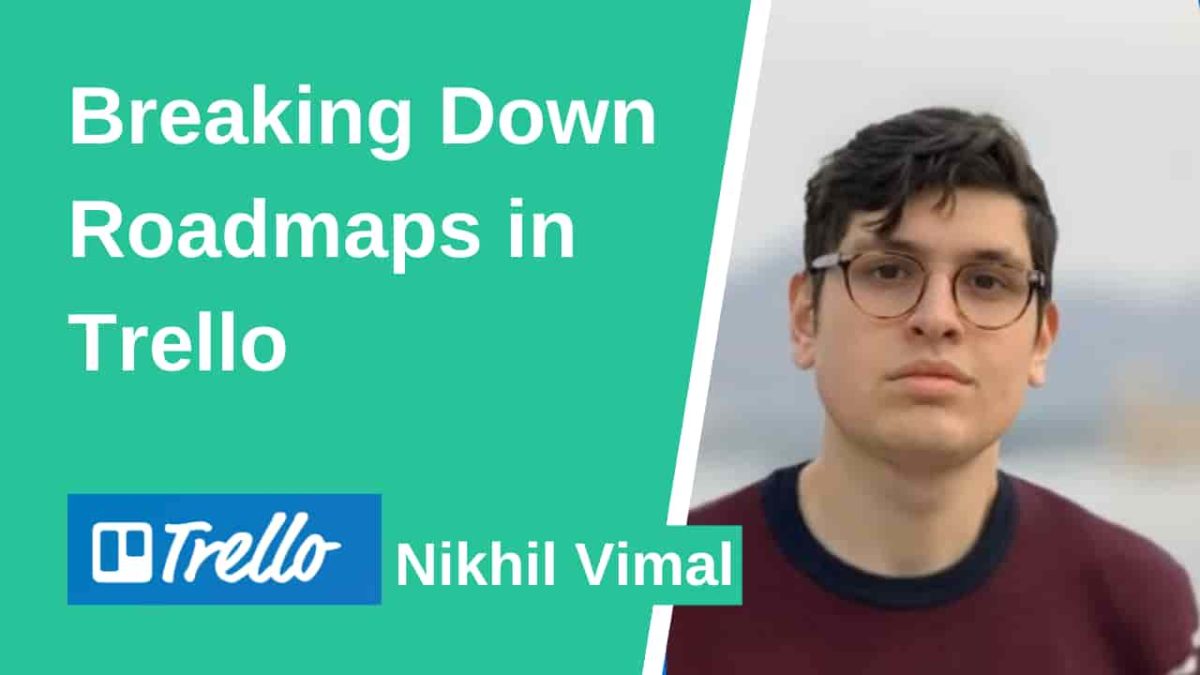From Cirque to UX with Justine Benoit
In this episode of The Product Angle show, from Cirque to UX. We chat with Justine Benoit about her journey from being an automation technician at Cirque du Soleil to becoming a user experience designer at BigBear, Inc.
By the end of the episode, you’ll learn about:
– How to transition your career to User Experience
– Tenets of good human-centered design
– Building Products that people love
From From Cirque to UX with Justine Benoit
About the guest
Justine is a user experience designer on a mission to create a meaningful impact in people’s lives with a Bachelor of Science in Entertainment Engineering and Design.
However, before becoming a full-time designer, Justine worked as an Automation Technician at multiple Cirque du Soleil shows including The Beatles’ LOVE and Mystere.
Key Takeaways
In this episode, Justine shares how she transitioned from an automation engineer to a user experience designer. The role of design is so important, designers need to be mindful of people, and the environment.
Find out what should you expect and what skills you should focus on building? One notable mention is the ability to communicate and negotiate your design decisions.
Justine made some time to answer some fantastic questions from the audience. Such as how to create a portfolio if you a junior designer. Justine has some fantastic tips to create an effective portfolio that can help you land a new job.
Books mentioned by Justine.
1. The design of everyday things by Don norman
2. The social animal by David brooks
Show Timestamps
05:15 – Transferring skills from automation engineering to UI/UX.
19:20 – Differences in the two roles and skills you’ll need.
24:00 – Things to consider if you are thinking of transitioning into UI/UX design.
36:00 – How the design team works with the product team.
41:00 – The importance of customer support, sales, and marketing.
Show Links
Read Justine’s work over on Medium.
Listen to other episodes of The Product Angle Show here.
